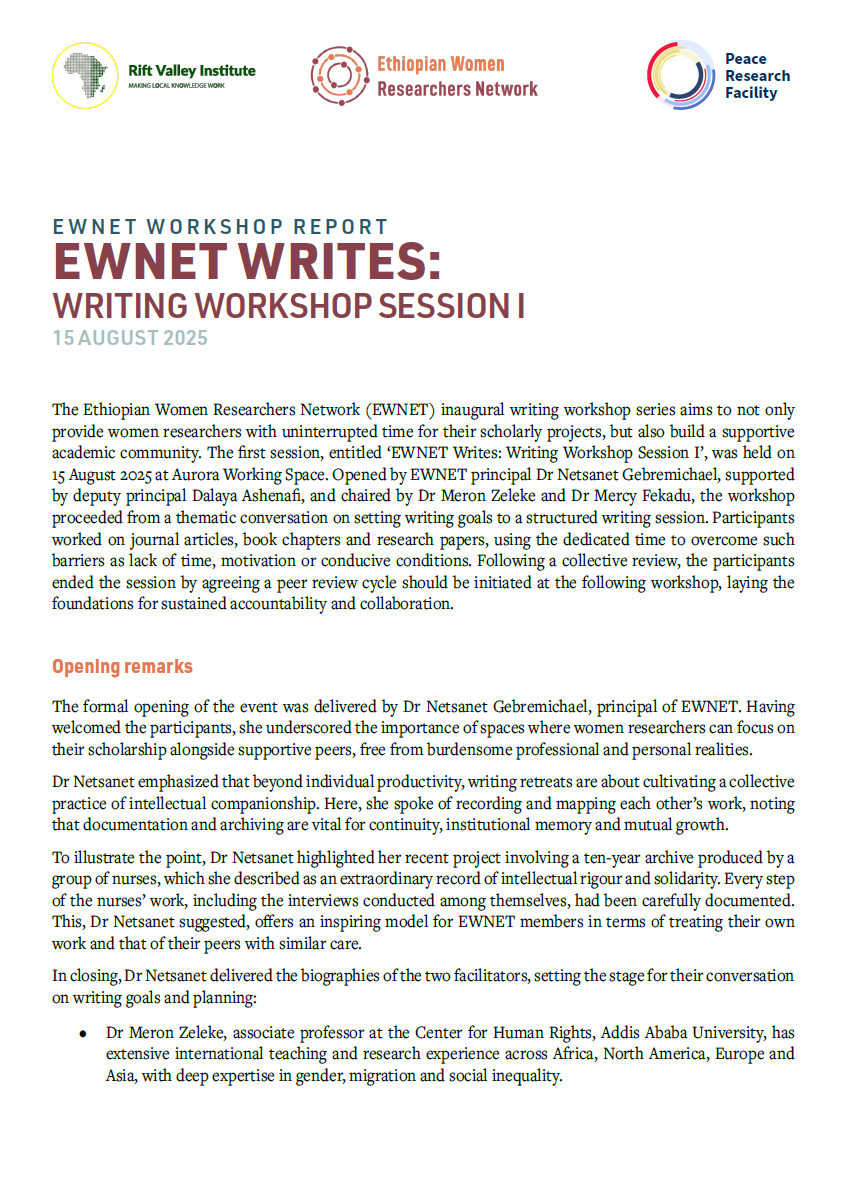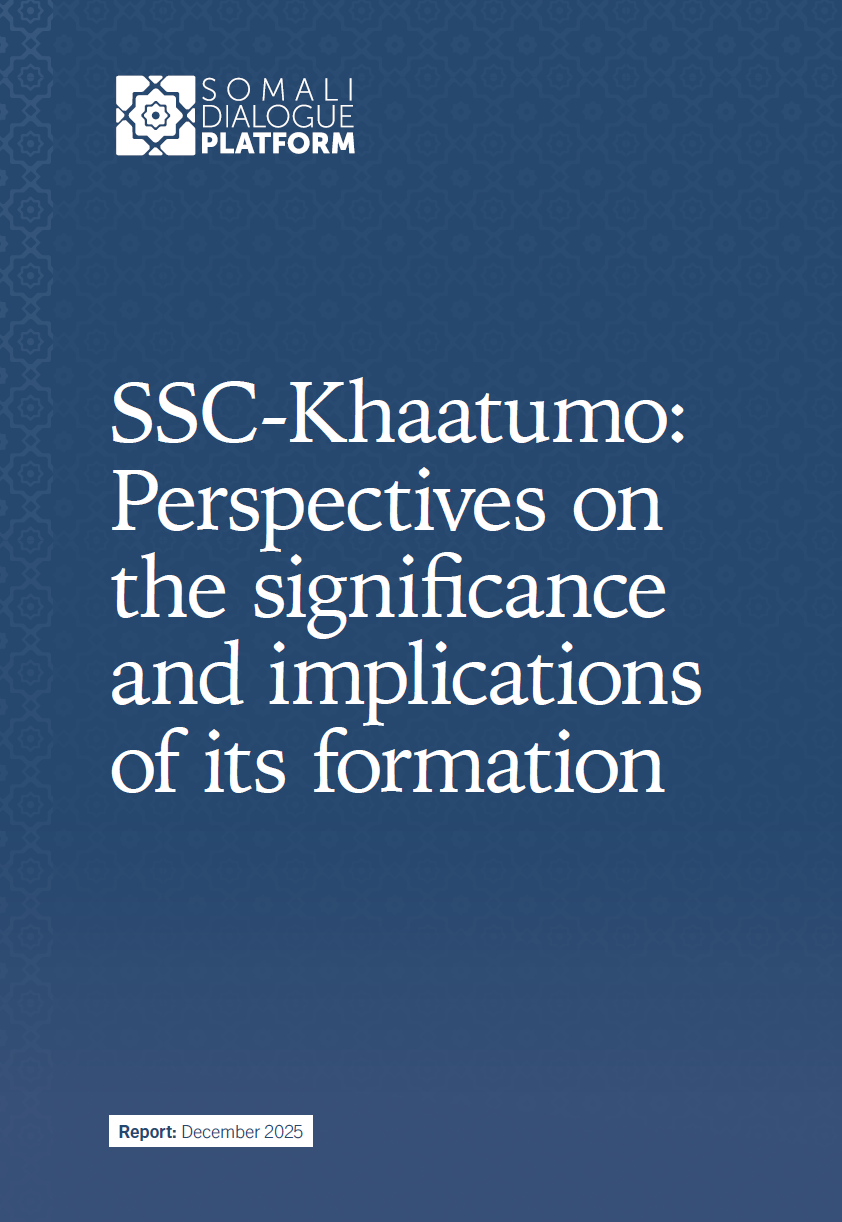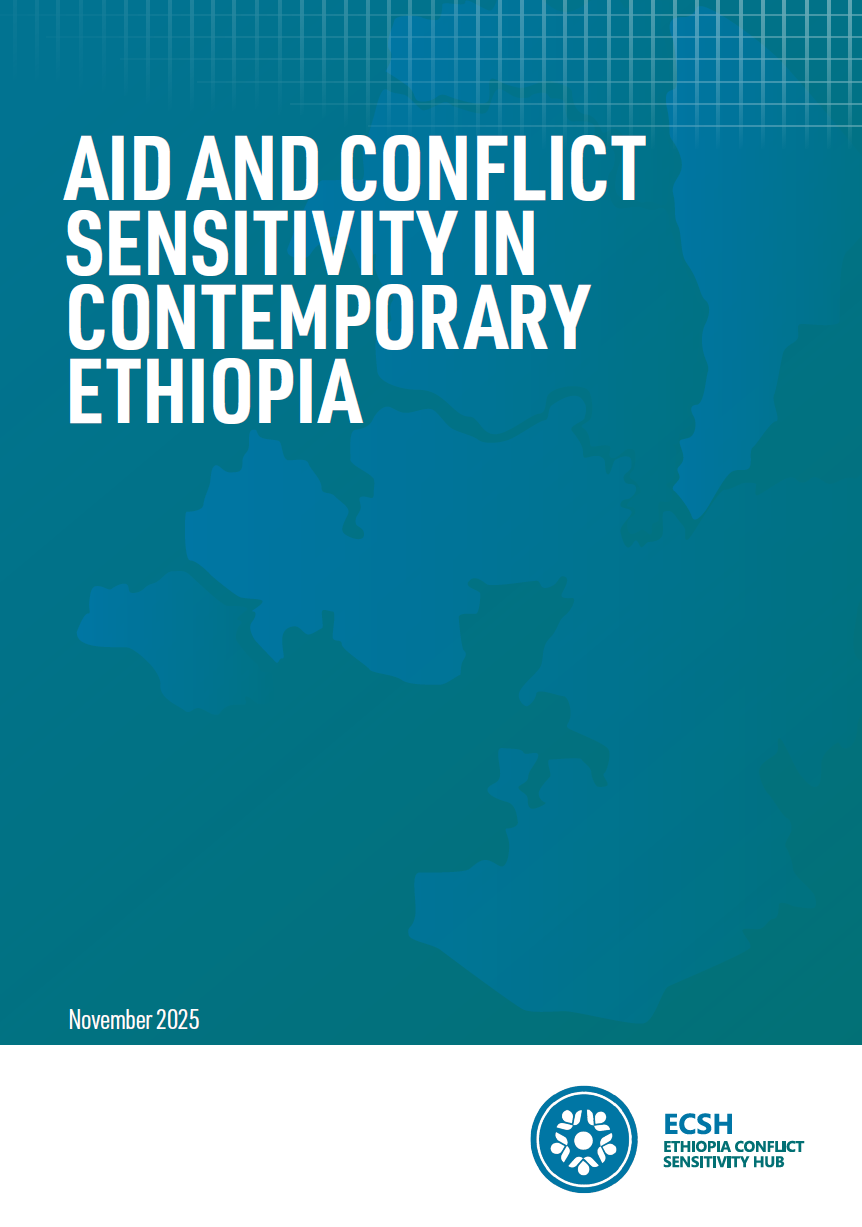Philip Winter is an RVI Fellow and Central and Eastern Africa specialist. His account of the Congolese peace process A Sacred Cause was published in English in 2012 and in French in 2015 (Une Cause Sacrée, available from L’Harmattan in Paris).
Last month I drove some 1,200km around the country of the Toposa and the Nyangatom, cattle pastoralists who live in the lands north and east of Kapoeta, in Eastern Equatoria, in one of the most remote parts of the most remote of South Sudan’s ten provinces. I was travelling with George Echom, the state MP for Lotimor, whom I have known since the days of the 1983-2005 war.
The aim of our trip was a conflict assessment for a US government-funded conflict prevention and mitigation programme. We flew to Kapoeta, a couple of hours by road from the border with Kenya and from there we made our way, with difficulty, along the rough roads that lead out to the rural areas of the state.
Life in George Echom’s home area revolves around livestock and seasonal movement—and guns and cattle raids. Beyond the abandoned mission station at Lotimor, there are only grass-roofed houses, a school full of donkey droppings and a rather forlorn clinic. There are few boreholes; in many places in the dry season water can only be found by digging in riverbeds. It is hot, hard, thorny country. The ground is full of stones, or else it is glutinous black cotton soil, famously impassable after rain.
One new road has been built since I was last there in 2005, that from Narus to the peace village established at Kuron by Emeritus Bishop Paride Taban a decade ago, but it is not finished and road works seem to have stopped some 40 km from Kuron. The road was built by a company from Juba and appears to be well made, allowing us to cover 80 kilometers in just over an hour. Older roads in Eastern Equatoria have deteriorated for lack of maintenance and funds, like the road that runs from Lotimor to Loelli, where there are the ruins of a British fort built in 1936 to keep the Italian empire at bay.
Roads are critical. Without roads, teachers cannot easily reach their schools, school-books cannot be supplied, drug supplies to such clinics as there are dry up, and trade is made difficult. Without roads, government forces cannot provide security. So people organise themselves in self-defence, using the automatic weapons that are now ubiquitous here and in other parts of South Sudan.
These weapons have killed most of the once plentiful wildlife of the area. Before the war, in the 1980s, at the very least you could expect to see pairs of dik dik, a graceful, monogamous, miniature antelope, and, if you looked hard, perhaps Grant’s gazelle, or oryx, or kudu. Elephants are still seen but quite understandably they remain as far from people as they can. They are said to migrate across the border from the Omo National Park in Ethiopia, coming into South Sudan in the wet season. This year, in all the distance we travelled, we saw only one Patas monkey and some ground hornbills. In the Ilemi Triangle, in the no-man’s land on the Kenya border, there is said still to be a surviving population of wildlife, including elephants, eland, buffaloes, oryx and wild dogs.
As we approached George’s village, a few kilometres from Lotimor, not far from Mount Matarba—a mountain that is also known as Tomadur—which lies astride the border between Ethiopia and South Sudan, George’s relatives came out to greet him. They had bad news. A Turkana raiding party had, the day before, taken 57 of his cows from the Ethiopian side of the mountain. He took this philosophically, since cattle-raiding is so common, making a note to get some milk powder for the mothers who would now be deprived of cow’s milk for their children.
The Nyangatom and Toposa do not raid each other; in fact they often live together and intermarry. They raid the Turkana, as the Turkana raid them, and automatic weapons are making such raids more and more deadly. Over the years, in the intervals between war and peace in South Sudan, there have been a number of efforts to reduce tensions between cattle-keepers of the border area, where Ethiopia, South Sudan, Kenya and Uganda meet. The Turkana, Toposa, Nyangatom, Karamojong, Jie and Dodoth are part of a larger social and linguistic grouping, formerly misnamed the Karamoja Cluster, and now known as the Ateker. Promoting this wider identity is the aim of a newly-established Ateker Foundation, which aims at both disarmament and development: less raiding, more roads; fewer guns, more water; more clinics, less sickness, and so on.
Decentralization of government in Kenya, South Sudan and Uganda has encouraged this move to local cooperation between communities. On the Ethiopian side of the border, however, despite Ethiopia’s policy of ethnic decentralization, the state seems to be suspicious of such manifestations of local civil society. Cooperation between ethnic groups in the area has been tried before and the Ateker leaders agree it did not get far. Yet on the Ugandan side of the border the state of Uganda has managed to disarm the Karamojong, at the cost of deploying a helicopter gunship and deploying the Ugandan army, the UPDF, to keep watch on the border and intercept cattle raiders. Leaders from Karamoja, meeting at the Ateker Foundation gathering in Kapoeta in October 2014, said that this disarmament, along with considerable investments by the government in agriculture, schools and health centres, had transformed daily life there. The challenge now is for Kenya and South Sudan to follow suit.
The problems of Eastern Equatoria, remote though it is, cannot be isolated from the wider situation in South Sudan as a whole. Since 2013 South Sudan has become, once again, a byword for violence and suffering. The government in Juba is struggling to maintain legitimacy. Rebel forces under Riek Machar have left a trail of destruction. What development there has been since independence in 2011 is being rapidly reversed. Donors are shy of giving support to a compromised government. And the government is preoccupied with the war.
Despite this difficult background, in Equatoria the state government pursues local solutions as far as it can. The fragility of governance does not necessarily mean a complete absence of order or effective administration. Donors such as USAID and DFID have huge budgets available for health and education in South Sudan. The World Bank too is about to launch a local government service delivery programme in Kapoeta East. The relative peace and calm here provide an opportunity for such donors to continue to offer help to South Sudan. For aid and development workers there today, many of them seeing the country from the perspective of Juba—and as an essentially humanitarian emergency—it is tempting to embrace despair, to walk away from the violence and bad faith which have poisoned the new country. But away from the national capital there are places where a different reality prevails, where hope can still be discerned.



